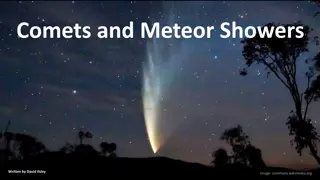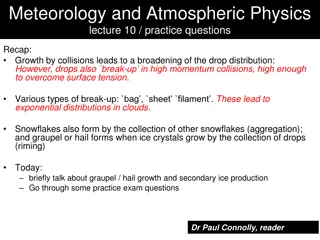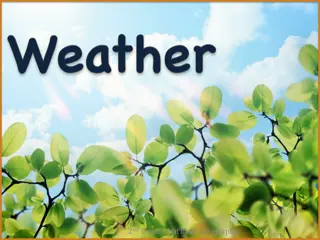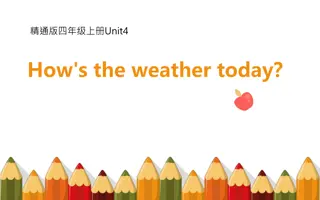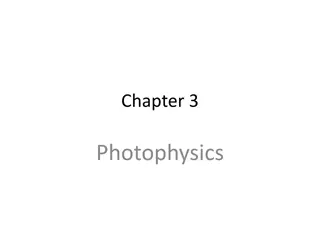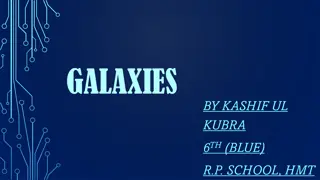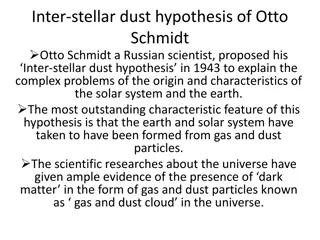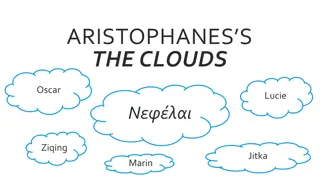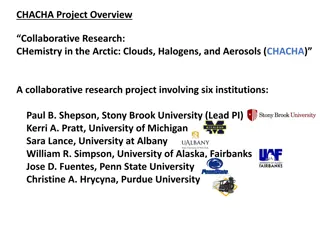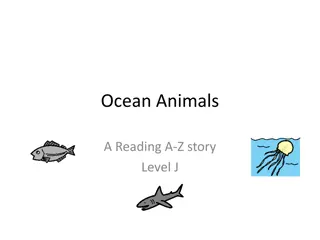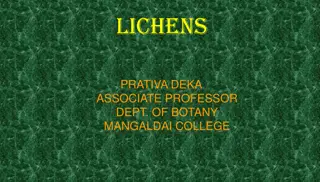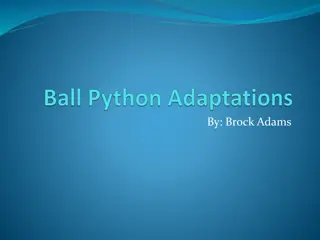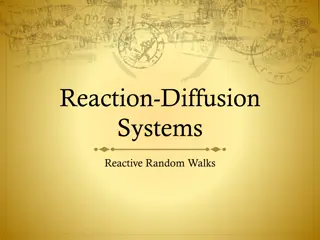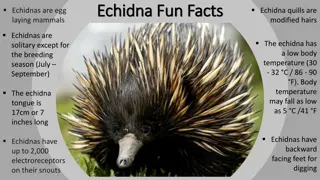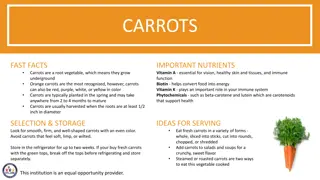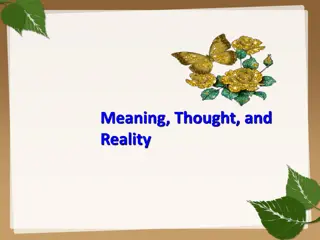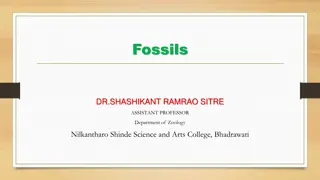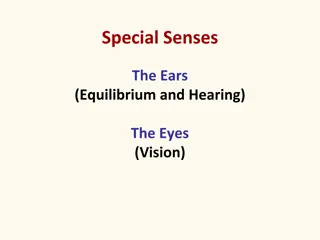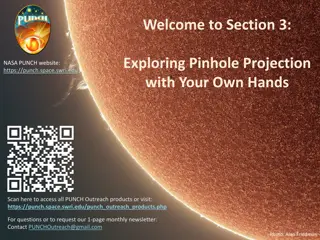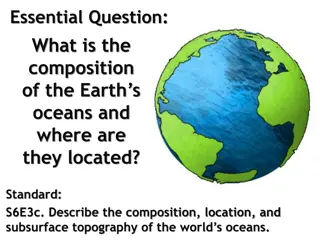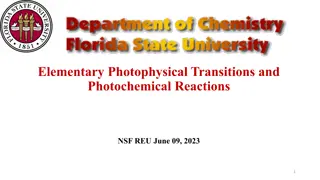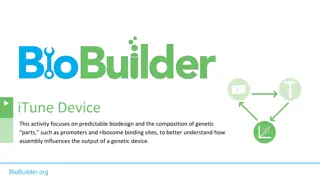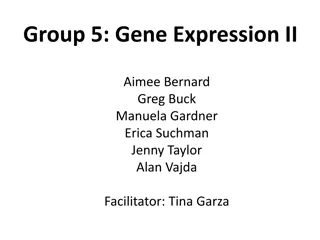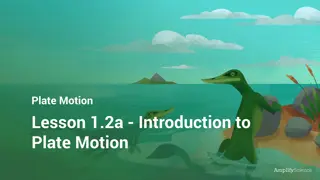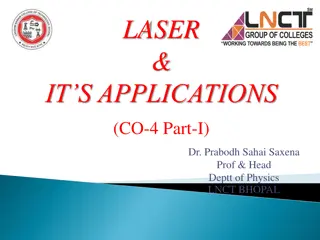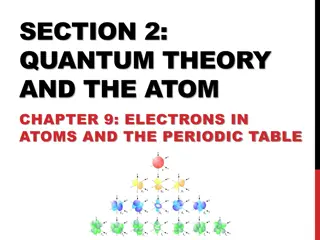Exploring the Fascinating World of Clouds
Discover the enchanting formations of clouds, from fluffy Cumulus to ominous Cumulonimbus. Learn about how clouds form, the unique attributes of Fog, Stratus, Nimbostratus, Cumulus, Cumulonimbus, and Cirrus clouds, and their impact on weather patterns. This informative presentation provides insight into the different types of clouds, their distinct characteristics, and the science behind their creation. Enhance your knowledge of meteorology and weather phenomena with this detailed exploration of cloud varieties.
Download Presentation

Please find below an Image/Link to download the presentation.
The content on the website is provided AS IS for your information and personal use only. It may not be sold, licensed, or shared on other websites without obtaining consent from the author. Download presentation by click this link. If you encounter any issues during the download, it is possible that the publisher has removed the file from their server.
E N D
Presentation Transcript
How do clouds form? When water vapor in the air becomes liquid water or ice crystals.
FOG A cloud in contact with the ground.
STRATUS Sheets of low, grey clouds that bring light snow, rain, or drizzle.
NIMBOSTRATUS Thicker layer than stratus clouds that completely block out the sun. They cause steady rain or snow.
CUMULUS White and puffy clouds that usually mean good weather.
CUMULONIMBUS Dark, towering clouds that are also called thunderheads . These clouds produce heavy rain, thunder, and lighting.
CIRRUS Thin, featherlike clouds that are made of ice crystals high in the atmosphere. Usually means a change in the weather is coming.
This powerpoint was kindly donated to www.worldofteaching.com http://www.worldofteaching.com Is home to well over a thousand powerpoints submitted by teachers. This a free site. Please visit and I hope it will help in your teaching


